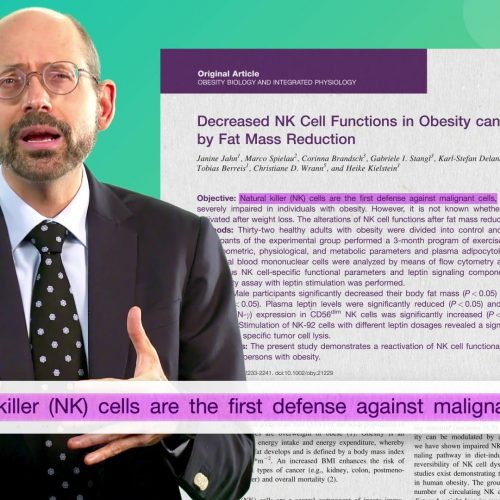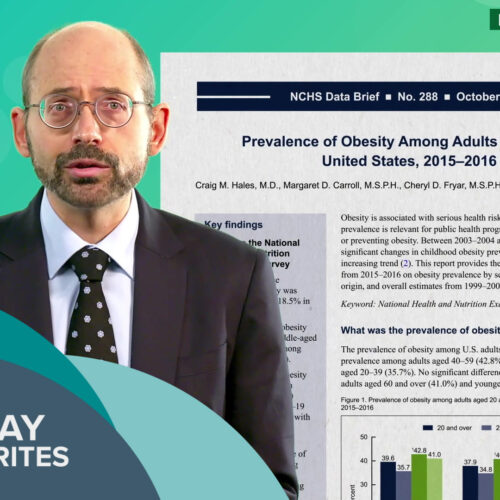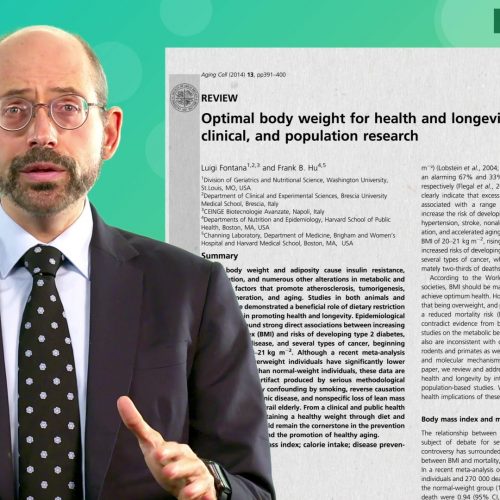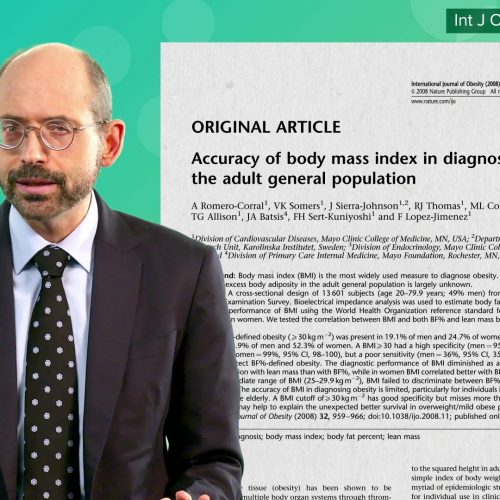Sufficient, sustained weight loss may cut the risk of fatal heart attacks and strokes in half.
In the ABCs of health consequences of obesity, G is for Gallstones.
The top digestive reason people are hospitalized is a gallbladder attack. Every year, more than a million Americans are diagnosed with gallstones, and about 700,000 must have their gallbladders surgically removed. It is a relatively safe procedure, with complication rates tending to be under 5 percent and a mortality rate of only about 1 in 1,000. However one in ten may develop a post-cholecystectomy syndrome of persistent gastrointestinal symptoms long after their gallbladder is removed.
What are gallstones made of? In 80 to 90 percent of cases, gallstones are mostly crystalized cholesterol, forming like rock candy in our gallbladder when cholesterol gets too concentrated. This was used to explain why some small, early studies found that non-vegetarians had a higher incidence of gallstones. However, results from more recent, larger studies are more equivocal; one study suggests that a “vegetarian diet may therefore protect” against gallbladder disease, for instance, while another shows higher rates among vegetarians, independent of weight.
As I discuss in my video The Effects of Obesity on Gallstones, Acid Reflux, and Cardiovascular Disease, the biggest purported cause-and-effect risk factor may be obesity, increasing risk as much as sevenfold, as you can see below and at 1:32 in my video, with a doubling of risk even at the heavier side of “the normal BMI range.”
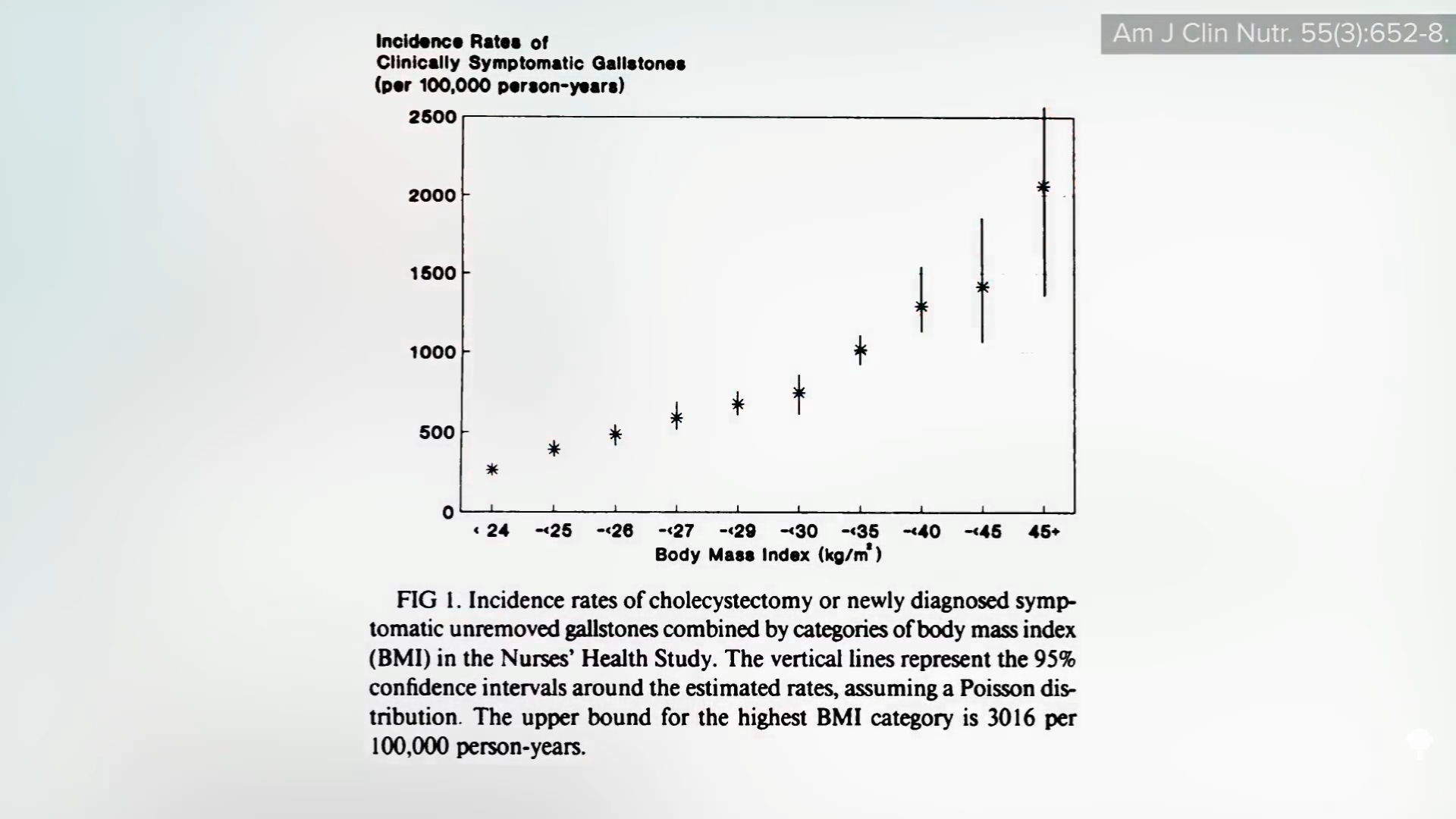
Ironically, rapid weight loss may also be a trigger. Half a pound (0.2 kg) a day has been deemed the upper limit for medically safe weight loss, based on gallstone formation. Ultrasound studies found that, above that, the chance of new gallstones can go from less than 1 in 200 a week to closer to 1 in 40, as shown below and at 1:59.
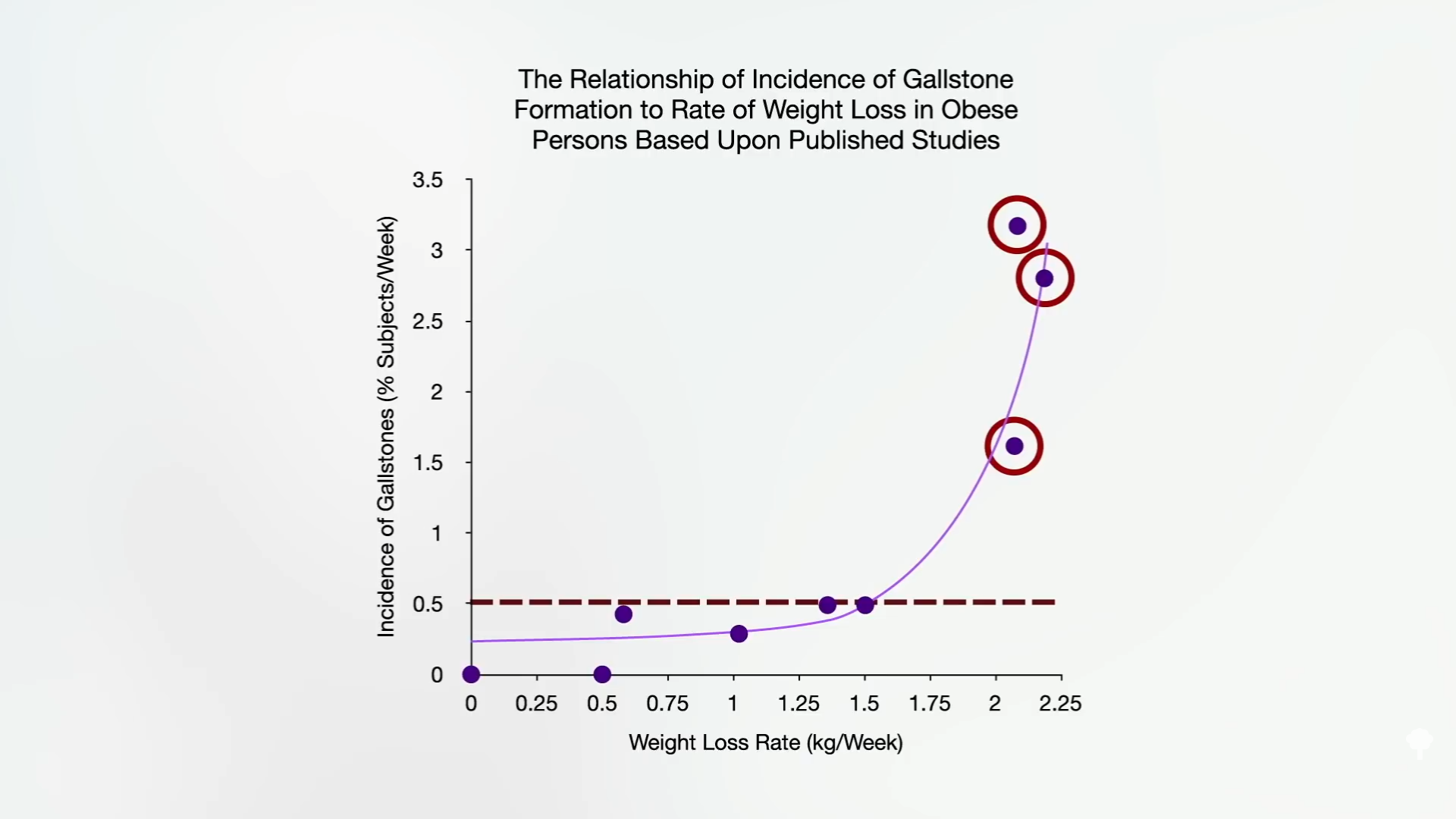
To help prevent a gallstone attack, we can increase our fiber intake. Not only is dietary fiber intake associated with less gallbladder disease in the first place, but those placed on high-fiber foods during a weight-loss regimen suffered significantly less gallbladder sludging than those losing the same amount of weight without getting the extra fiber.
G is also for gastroesophageal reflux disease, or GERD. Fiber-rich food consumption decreases the risk of acid reflux, too. I previously explored how chronically straining at stool may push part of the stomach up into the chest cavity. Well, excess abdominal pressure due to obesity may have the same effect, pushing acid up into the throat and causing heartburn and inflammation. The increased pressure on the abdominal organs associated with obesity may also explain why overweight women suffer from more vaginal prolapse, where organs such as the rectum push out and into the vaginal cavity.
The deadliest letter in the alphabet of obesity consequences is H, which is for Heart Disease. Of the four million deaths attributed to excess body weight every year around the world, nearly 70 percent are due to cardiovascular disease. Is it just because of eating poorly? Mendelian randomization studies suggest that people randomized from conception to be heavier—based only on genetics—do indeed have higher rates of heart disease and stroke regardless of what they eat. The question is: If you lose weight, does your risk drop?
Enter the Swedish Obese Subjects (SOS) trial, the first long-term controlled trial to compare the outcomes of thousands of bariatric surgery patients to matched control subjects who started out at the same weight but went the nonsurgical route. Individuals in the control group maintained their weight, whereas those in the surgical group maintained about a 20 percent weight loss over the next 10 to 20 years. In that period, those in the weight-loss group not only developed 80 percent less diabetes, but they suffered significantly fewer heart attacks and strokes. So, unsurprisingly, they significantly reduced their total mortality overall. Ten years out, the weight-loss group appeared to cut their risk of fatal heart attacks and strokes in half, as shown below and at 4:23 in my video.
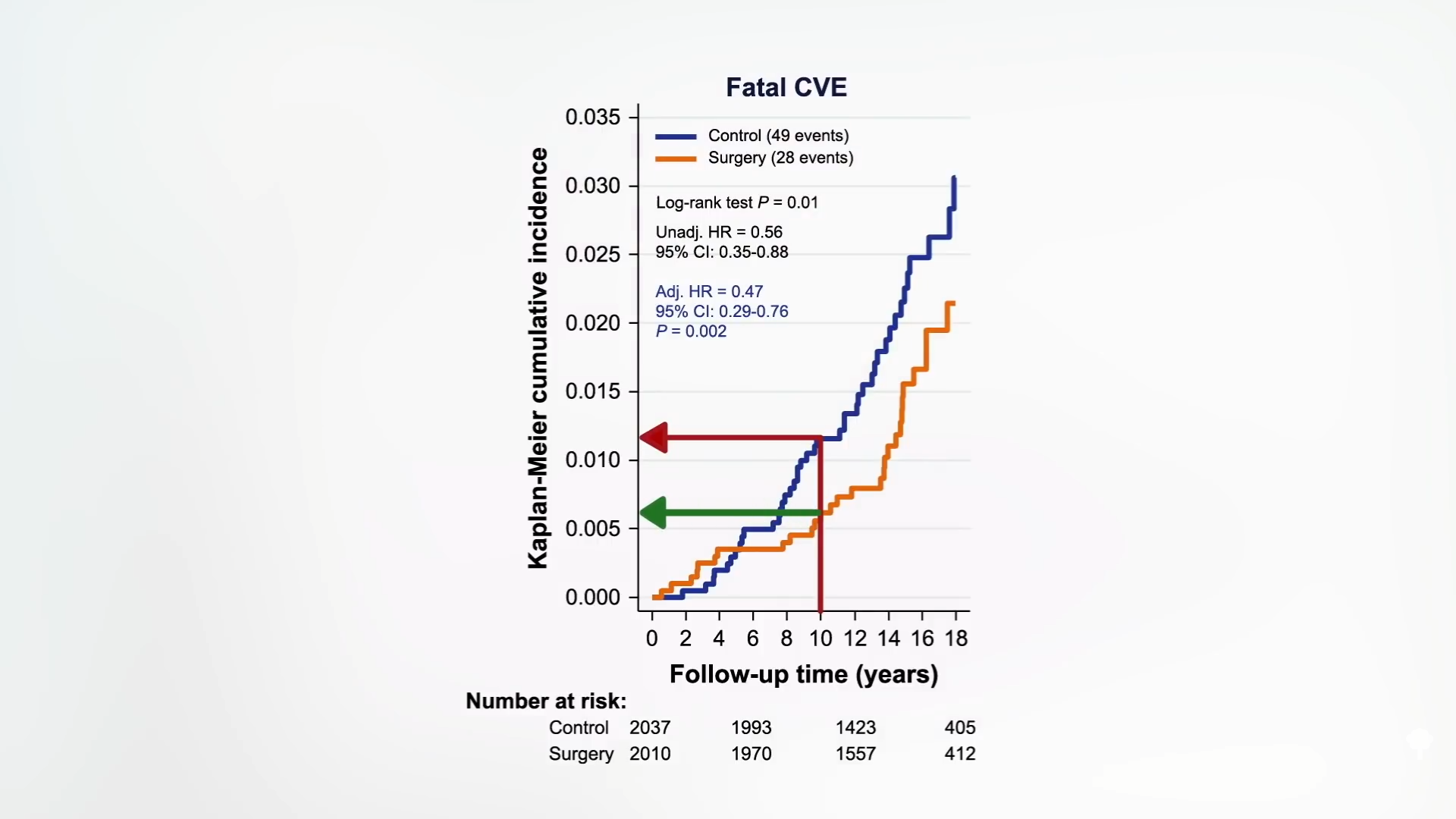
If you missed the previous videos in my series on the ABCs of obesity, see:
- The Best Knee Replacement Alternative for Osteoarthritis Treatment
- The Effects of Obesity on Back Pain, Blood Pressure, Cancer, and Diabetes
- The Effects of Obesity on Dementia, Brain Function, and Fertility
I continue the topic of obesity and weight with videos in the related posts below.
For more on the health conditions discussed in this video, see the gallstones, GERD, and heart disease topic pages.
The GERD-related video I mentioned is Diet and Hiatal Hernia.

